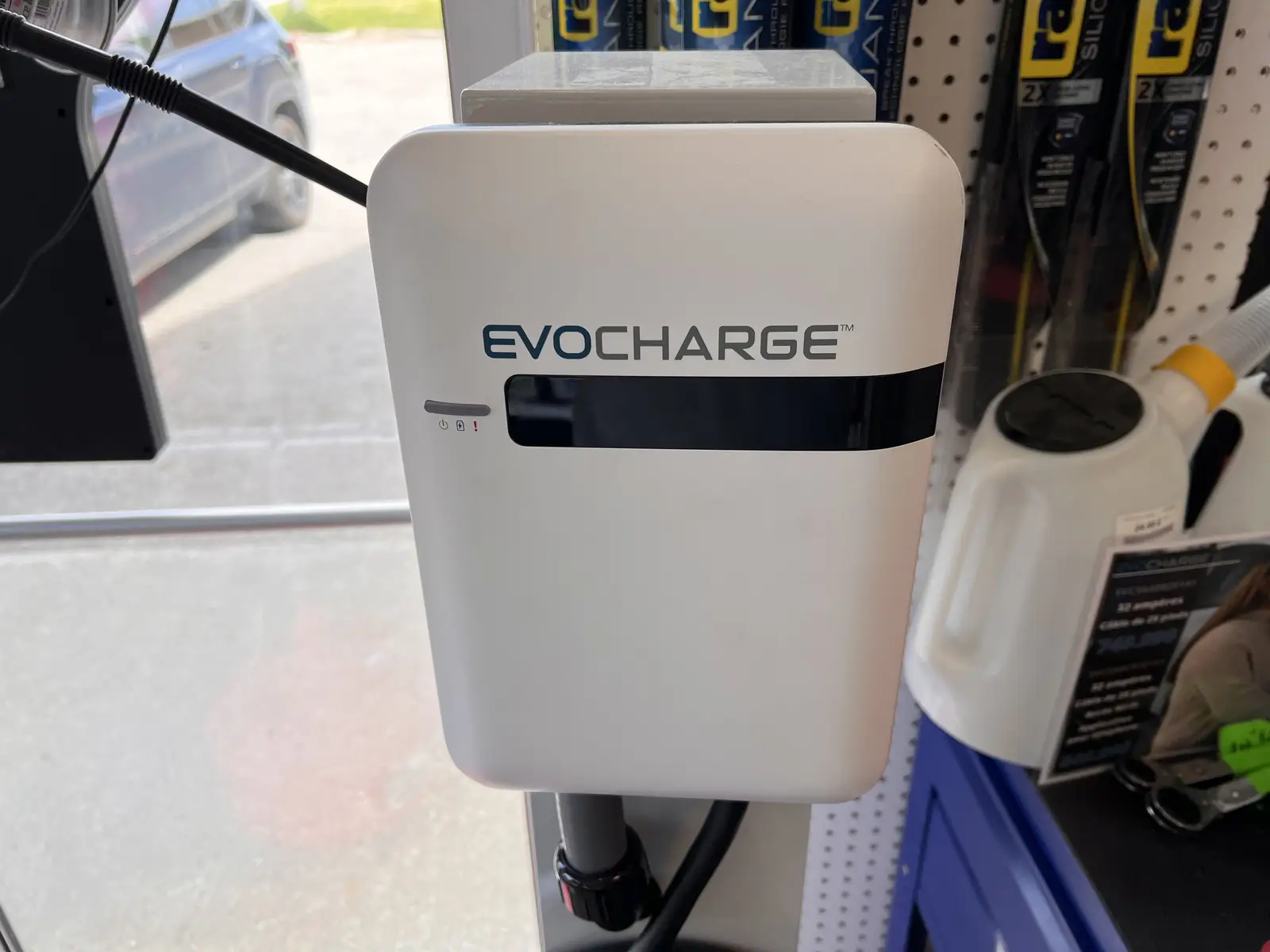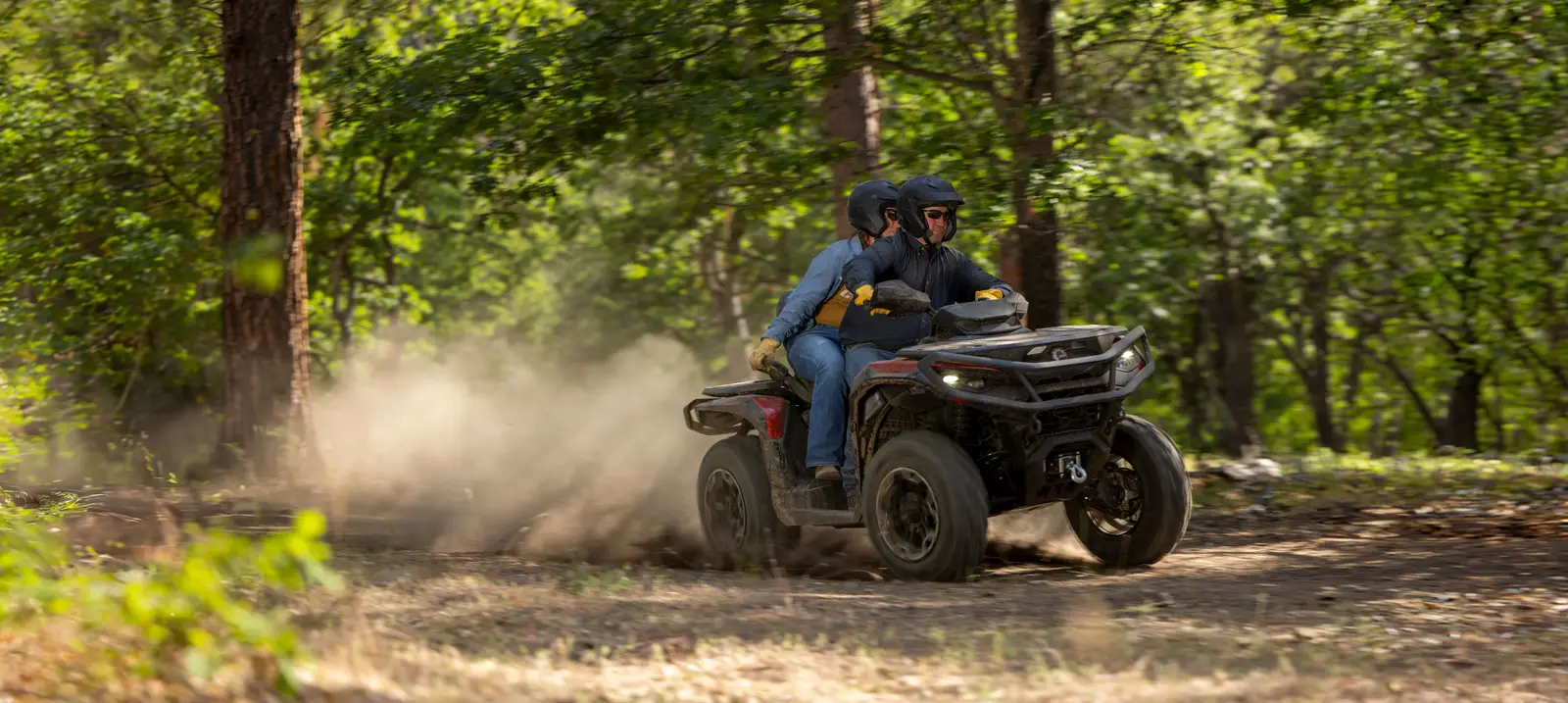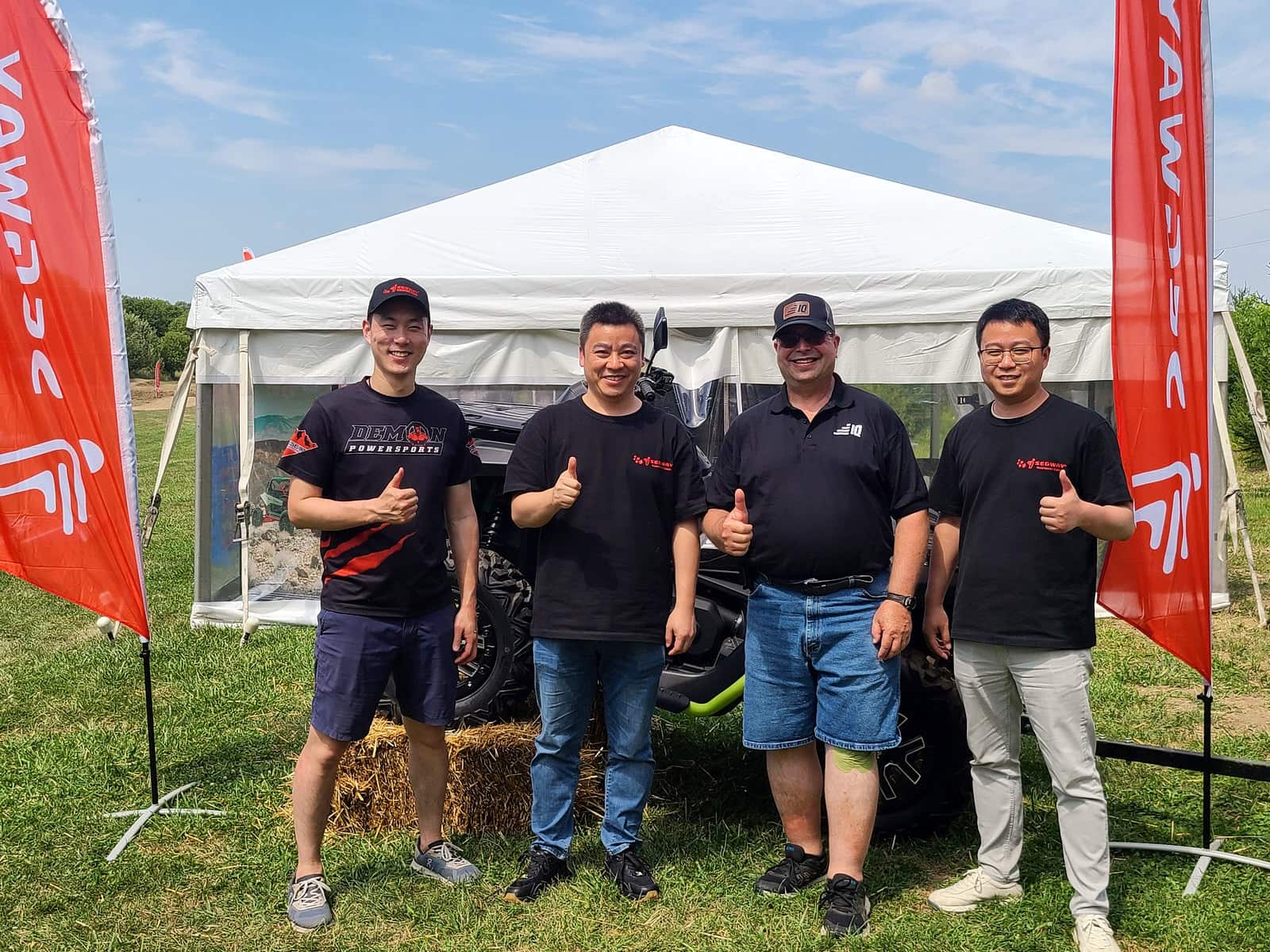Table of contents
ToggleThe electrification of off-road vehicles such as quads and side-by-sides (SxS) is a trend that fits into the energy transition towards greener and more sustainable mobility. Indeed, electric quads and SxS offer many advantages compared to gasoline models, both environmentally and economically. But there are not only advantages. I have prepared an article on the subject to clarify many things about it. I will mainly discuss the different types of battery technologies for electric vehicles.
What We Know
Electric quads and SxS are quieter, more efficient, and easier to maintain than gasoline models. First, they emit fewer greenhouse gases and air pollutants. This helps reduce the impact of off-road vehicles on air quality and the climate. They also help reduce dependence on oil and save on fuel and maintenance costs.
However, the electrification of off-road vehicles requires adaptations to the electrical grid and infrastructure. It is necessary to develop a network of charging stations tailored to the needs of these vehicle users. They often travel in isolated or hard-to-reach areas. It is also necessary to strengthen the electrical grid to ensure its reliability and capacity to meet the increasing demand for electricity. Because, honestly, charging your ATV with a generator is like “trading four quarters for a dollar!” We’re back to square one.
Fortunately, Quebec has enormous potential for transport electrification thanks to its clean and renewable electricity produced by Hydro-Québec. The Government of Quebec also supports electrification by providing financial assistance to organizations managing off-road vehicle trails and by offering tax credits and discounts to buyers of these vehicles. Something similar exists for cars as well. I’m talking about government tax credits and discounts.
What’s Currently on the Market
One of the main challenges of electric quads and SxS is battery range. This depends on several factors such as temperature, terrain, speed, and weight. However, battery technologies are constantly evolving and offering increasingly higher performance.
Several manufacturers of quads and SxS, such as Polaris and Can-Am, are heavily investing in the development and improvement of green technologies. They already offer electric or hybrid models that meet users’ expectations in terms of power, comfort, and safety.
I must admit, however, that the current autonomy is not quite up to par. We are talking about a current range of 50 km to a maximum of 100 km.
Technical Descriptions of Batteries
Electric quads and SxS typically use lithium ion (Li-ion) batteries. These are composed of a cathode (positive electrode), an anode (negative electrode), an electrolyte (conductive liquid), and a separator (insulator).
The cathode is where the oxidation reaction takes place, where lithium ions (Li+) lose an electron (e—) that circulates in the external circuit. On the other hand, the anode is where the reduction reaction occurs, where lithium ions gain an electron and insert into the structure of the active material. Subsequently, the electrolyte allows the passage of lithium ions between the cathode and the anode. The separator prevents direct contact between the cathode and the anode, thus avoiding a short circuit. This type of short circuit can seriously damage the vehicle at a mechanical level. It could even cause fires. This technology must be more than just “on point” in the end.
NMC Type Batteries
There are several types of Li-ion batteries based on the chemical composition of the cathode. The two most commonly used chemistries in electric vehicles for high-performance Li-ion batteries are NMC chemistry (nickel, manganese, and cobalt oxides at the cathode) and NCA chemistry (nickel, cobalt, and aluminum oxides at the cathode).
The anode of these two types of batteries is made of graphite. These batteries offer good energy density, specific power, and lifespan. Energy density represents the battery’s ability to store energy per unit of mass or volume. As for specific power, it refers to its ability to deliver energy per unit of mass or volume.
The advantages of NMC and NCA batteries are their ability to provide greater autonomy to electric vehicles due to their high energy density. They also perform better in cold weather than LFP batteries.
However, these batteries have three major disadvantages. Firstly, the production cost is higher than LFP batteries. Secondly, they pose a risk of overheating and fire in case of impact or short circuit. Finally, they have a high environmental and social impact related to cobalt extraction. Cobalt is a rare and expensive metal, and its extraction raises ethical issues. Not to mention that some countries use forced child labour in cobalt extraction, which is more than a problem for me.
LFP Type Batteries
LFP (lithium iron phosphate) batteries are another common technology in the world of electric vehicles. They are known for their reliability, durability, and relatively low cost.
Indeed, they do not use cobalt, which reduces their environmental and social impact. They also have better heat and shock resistance than NMC and NCA batteries, increasing their safety. The advantages of LFP batteries are therefore their low cost, long lifespan, increased safety, and reduced environmental and social impact.
However, this type of battery has two disadvantages. Firstly, their low energy density results in higher weight and bulkiness for the same range. Secondly, their low performance in cold weather can reduce the range of electric vehicles. These batteries are less suitable for the Quebec climate with our winters, which are typically much colder.
Other Types of Batteries
It should be noted that other types of Li-ion batteries are currently under development. First, there are LMFP batteries (lithium iron and manganese phosphate at the cathode). Then, there are batteries with silicon in the anode. Solid-state batteries with a solid electrolyte instead of a liquid can also be found. There are certainly more, but my knowledge stops there for now.
These aim to improve the performance of current Li-ion batteries by increasing their energy density, specific power, lifespan, safety, and cost.
LMFP Type Batteries
LMFP batteries are a variant of LFP batteries that add manganese to the cathode. They have the advantage of increasing the energy density and specific power of LFP batteries while retaining their benefits in terms of cost, lifespan, and safety.
Their disadvantage is having a lower voltage than NMC and NCA batteries. Therefore, they require more cells to reach the same voltage. And more cells generally mean more weight for the vehicle as well.
Batteries With Silicon
Batteries with silicon in the anode are an improvement over NMC and NCA batteries. These batteries partially or completely replace graphite with silicon in the anode. Silicon has the advantage of being able to store lithium ions ten times more than graphite. This significantly increases the energy density of the batteries.
However, it has the disadvantage of expanding greatly during the charge/discharge process, which can damage the cell structure and reduce the lifespan of the batteries.
Solid-State Batteries
Solid-state batteries are a major innovation. These replace the liquid electrolyte with a solid electrolyte, usually a polymer or glass. They have the advantage of eliminating the risk of leakage or inflammation of the liquid electrolyte, increasing battery safety.
They also perform better in cold weather than traditional Li-ion batteries. Unfortunately, they tend to be difficult to manufacture on a large scale and have higher internal resistance than traditional Li-ion batteries. This limits their specific power.
In Conclusion
In conclusion, we have seen that there is a plethora of different battery technologies for off-road vehicles. Most of them are not yet fully utilized. It will be necessary to be patient before seeing all the possibilities behind this. It remains very promising! We also hope that the Government of Quebec will “practise what they preach” by ensuring that the electrical grid will be able to meet the demand for this explosion!








